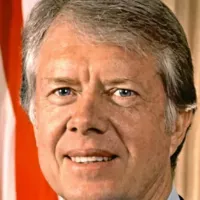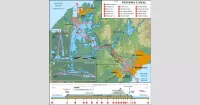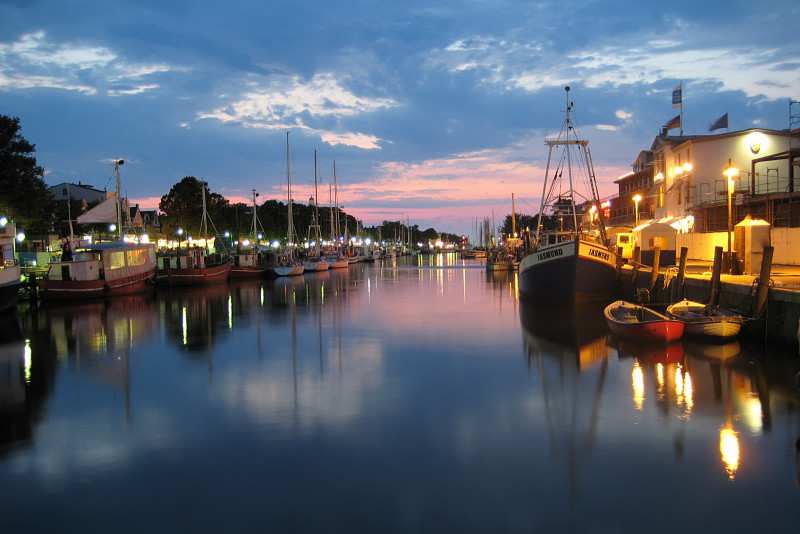Canals are artificial waterways or engineered channels designed for drainage management or for water transport. These waterways maintain a free, calm surface flow under atmospheric pressure, functioning as artificial rivers. Canals play a role in drainage and transportation.
1903: United States Support for Panamanian Independence
In 1903, the United States, with support from Panamanians, took Panama province away from Colombia and established a puppet republic to facilitate the construction of the Panama Canal, with the expectation of economic benefits for Panama.
1914: Opening of the Panama Canal
The Panama Canal officially opened in 1914, marking a significant milestone in global maritime transportation.
1979: U.S. Withdrawal from the Canal Zone
In 1979, the United States withdrew from the Canal Zone in Panama, recognizing that conditions were stable enough after the construction and operation of the Panama Canal.
1980: Carter's Defeat
In 1980, the withdrawal from Panama contributed to President Jimmy Carter's defeat in the presidential election.
2000: Early Agricultural Period in Southern Arizona
In 2000 BCE, a prehistoric group occupied southern Arizona and grew corn, lived year-round in sedentary villages, and developed sophisticated irrigation canals during the Early Agricultural period.
June 2016: Panama Canal Expansion Commercial Operation
On June 26, 2016, the expanded Panama Canal began commercial operation, featuring new locks to accommodate larger Post-Panamax and New Panamax ships.
June 2016: Opening of Larger Locks in Panama Canal
On June 26, 2016, the opening of larger locks in the Panama Canal allowed for the passage of larger New Panamax ships, expanding the canal's capacity.
Mentioned in this timeline
The United States of America is a federal republic located...
Colombia officially the Republic of Colombia is a country located...

Jimmy Carter the th U S President - was a...
Arizona is a landlocked state in the Southwestern U S...

The Panama Canal is an -kilometer artificial waterway connecting the...
Panama officially the Republic of Panama is situated at the...
Trending
48 minutes ago Mark Andrews Secures Three-Year Extension with Ravens: $39M Deal Confirmed

48 minutes ago Slotkin criticizes Hegseth's comments on military orders, raising concerns about legality and consequences.
2 hours ago Jack Smith Subpoenaed by House Republicans Amid Trump Prosecutions Probe, Testimony Expected.
2 hours ago Snowflake's Fiscal 2026 Q3 Results: Weak Outlook & AI Costs Spark Concern

3 hours ago Stellantis, Forvia, Michelin Restructure Symbio Amidst Fuel Cell Workforce Reductions
4 hours ago Florida State Seminoles Secure Top Recruits on Early Signing Day for 2026 Class
Popular
Aftyn Alyssa Behn is an American politician currently serving as...
Matt and Ross Duffer known as the Duffer Brothers are...

Lane Kiffin is an American football coach currently serving as...

Stranger Things created by the Duffer Brothers is a popular...

XXXTentacion born Jahseh Dwayne Ricardo Onfroy was a controversial yet...

William Franklin Graham III commonly known as Franklin Graham is...
